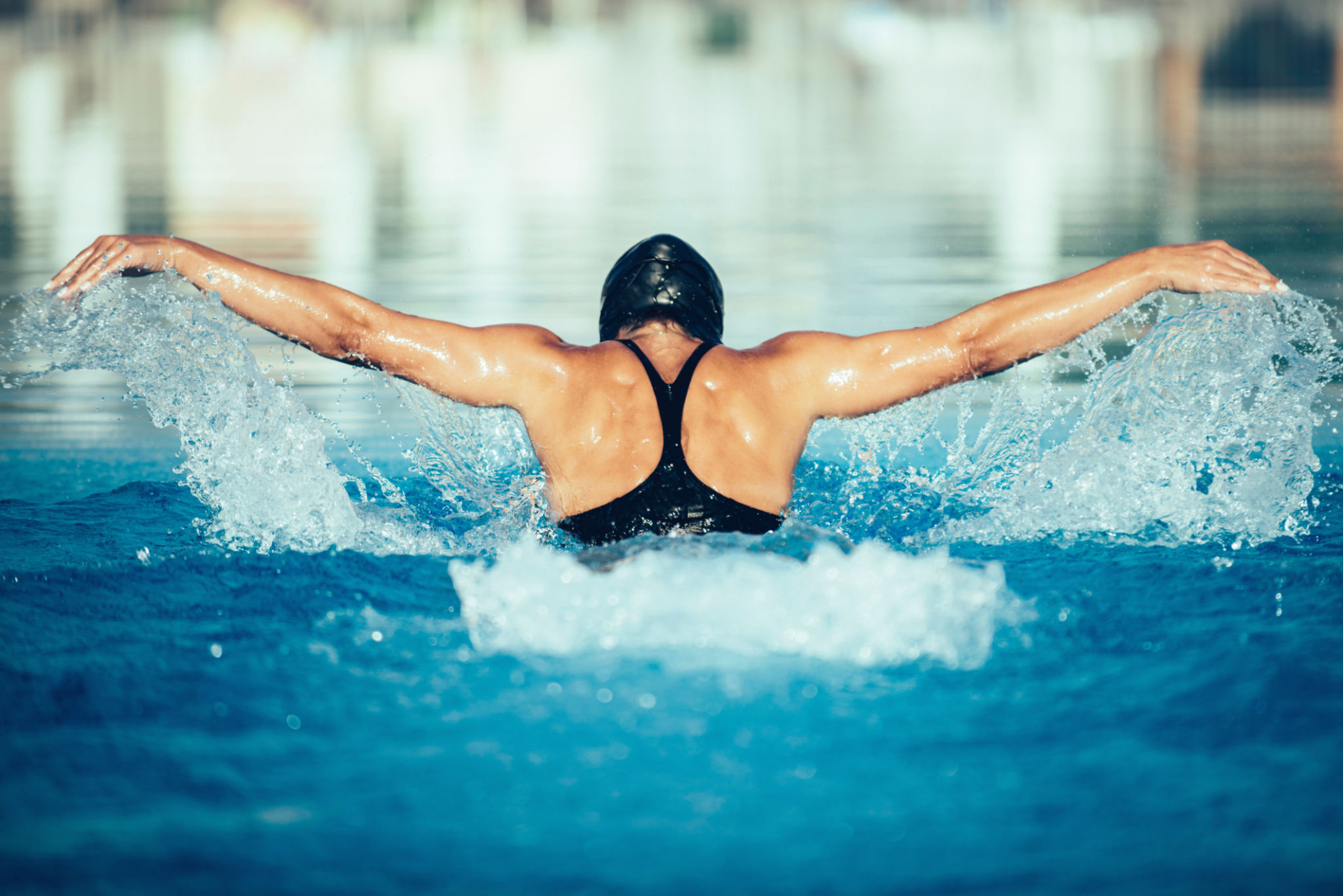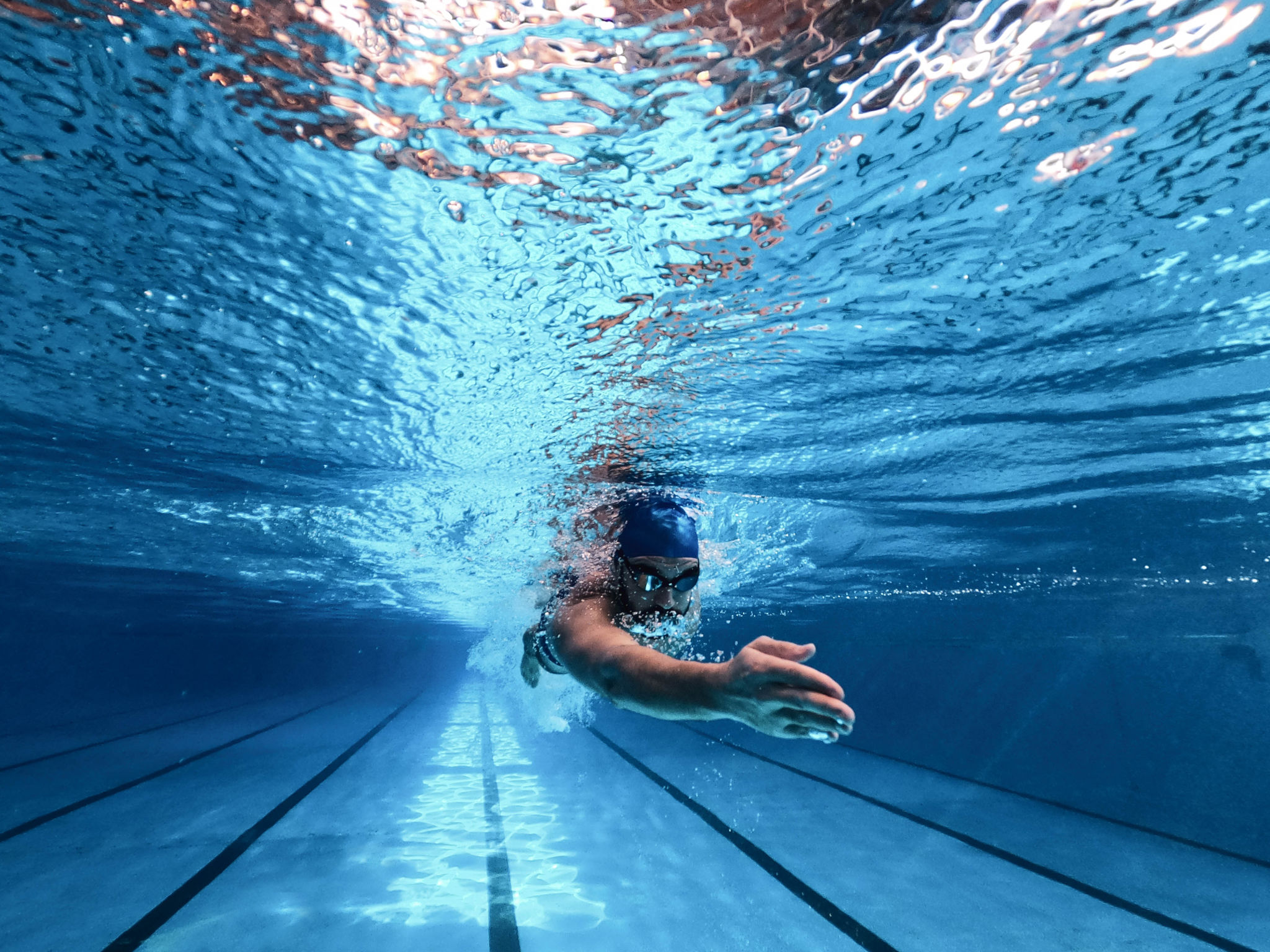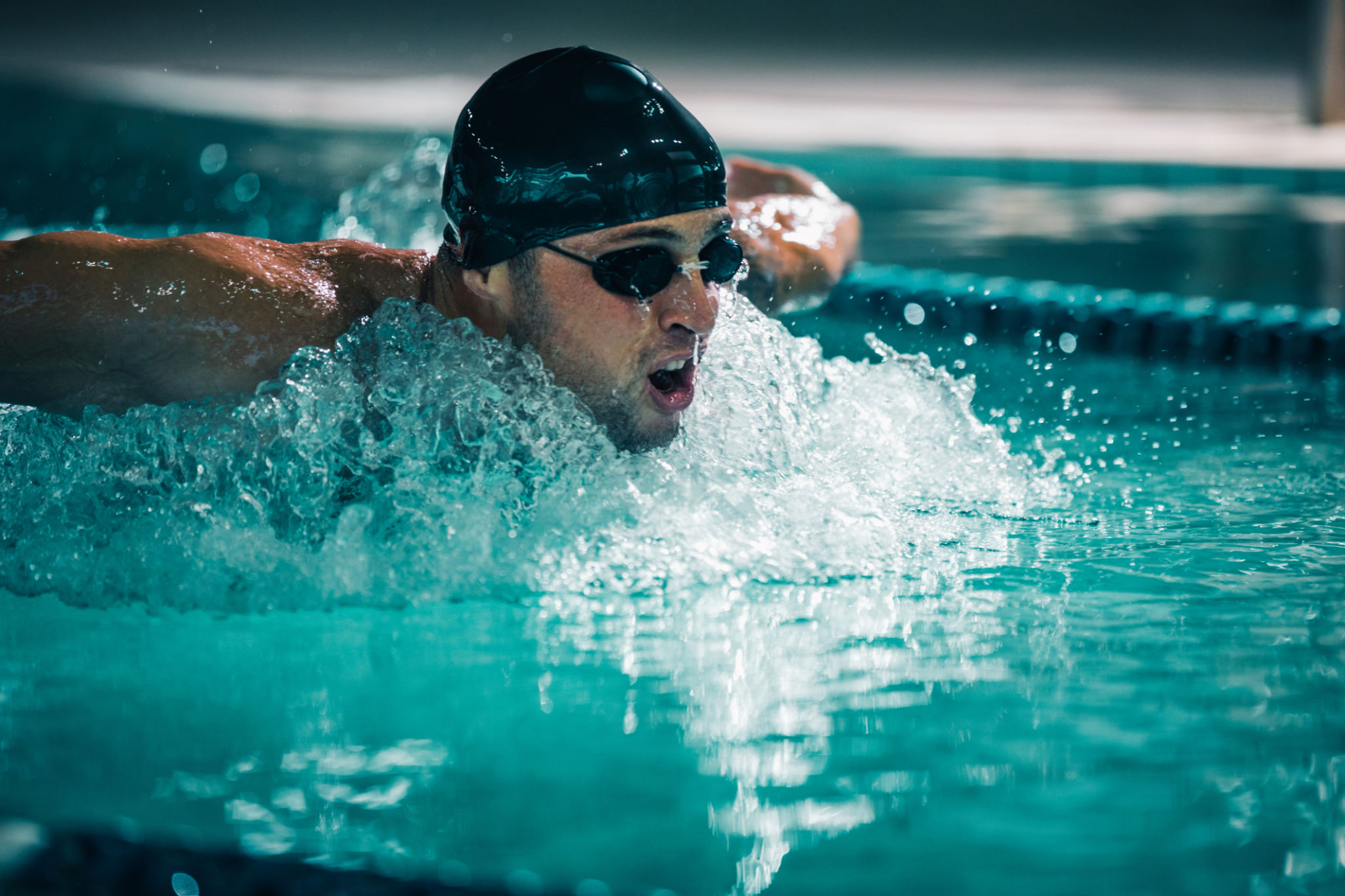Freestyle Stroke Efficiency: Common Mistakes and How to Fix Them
Understanding Freestyle Stroke Efficiency
Freestyle swimming, often referred to as the front crawl, is one of the most popular swimming strokes due to its speed and efficiency. However, achieving optimal efficiency in the freestyle stroke requires attention to technique and form. Many swimmers, from beginners to advanced, encounter common pitfalls that can hinder their performance and energy conservation.

Head Position and Body Alignment
One of the most common mistakes in freestyle swimming is improper head position. Swimmers often lift their heads too high to breathe, causing their hips and legs to sink. This results in increased drag and reduced speed. To correct this, focus on keeping your head in a neutral position with your eyes looking straight down when not breathing. This alignment helps maintain a streamlined body position.
Additionally, body alignment plays a crucial role in stroke efficiency. Swimmers should aim for a horizontal line from head to heels. Avoid excessive rotation, which can disrupt the streamline and create resistance.
Arm Technique and Hand Entry
The entry of the hand into the water is another area where swimmers frequently err. If your hand enters too early or too late relative to your shoulder, it can lead to inefficiency. Aim for a hand entry that aligns with your shoulder to ensure a proper catch and pull through the water.

Moreover, maintaining a high elbow during the recovery phase of the stroke is essential. This technique helps in maximizing the length of each stroke and reduces unnecessary drag.
Kicking Efficiency
While the arms do most of the work in freestyle, an effective kick is vital for maintaining balance and propulsion. Many swimmers either overkick or underkick, both of which can lead to fatigue and reduced efficiency. Focus on a steady, rhythmic kick that complements your arm movements. The kick should originate from the hips, with minimal knee bending, to generate power without wasting energy.
- Practice flutter kicks with a kickboard to improve leg strength.
- Engage your core muscles to enhance overall stability in the water.
Breathing Technique
Efficient breathing is another crucial aspect of freestyle swimming. Swimmers often struggle with timing their breaths, leading to disruptions in stroke rhythm. Practice bilateral breathing—alternating sides every few strokes—to ensure balanced muscle development and improved oxygen intake.

When taking a breath, rotate your head just enough to clear the water, avoiding excessive lifting. This technique minimizes drag and helps maintain your body's streamline position.
Conclusion
Improving freestyle stroke efficiency involves addressing several technical aspects, from head position to kicking technique. By focusing on these elements and avoiding common mistakes, swimmers can enhance their performance and conserve energy in the water. Regular practice and attention to detail are key to mastering the art of freestyle swimming.